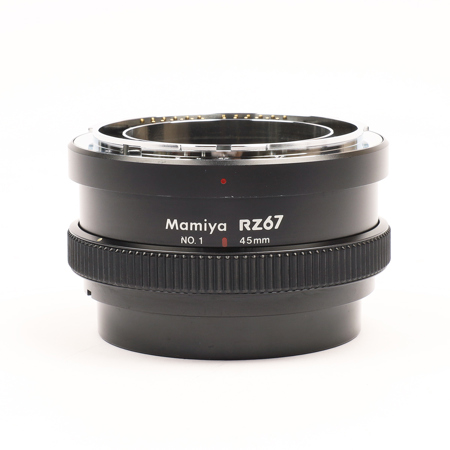


Need help? Ask our experts.
Review Summary
2010-02-16T19:00:00
If you have the lens, it's a very, very good idea to use this bracket. The 100-200 is expensive and nose-heavy, and it's not worth the risk of damaging it by hanging it on the camera without the bracket, exposing the mount to all that torque. I've heard a few complaints about alignment being off to the point where the bracket doesn't support the lens, but I haven't had a problem with mine. A good, solid piece of metal. The only down side is portability - it takes up a good chunk of space in the camera bag. But then, so does the lens - some choices require concessions to be made.
LOREN F.
11.6 oz., 530 g.

Must-have for this lens
By LOREN F.
If you have the lens, it's a very, very good idea to use this bracket. The 100-200 is expensive and nose-heavy, and it's not worth the risk of damaging it by hanging it on the camera without the bracket, exposing the mount to all that torque. I've heard a few complaints about alignment being off to the point where the bracket doesn't support the lens, but I haven't had a problem with mine. A good, solid piece of metal. The only down side is portability - it takes up a good chunk of spac...
View full Review
Mamiya extension tubes are precision machined for close-up and macrophotography. They are fully meter coupled for automatic or manual exposure. The two automatic tubes can be used individually or in combination.
No 1 = 45mm extension
No. 2 = 82mm extension
No. 1 + 2 = 127mm extension
Since the camera body bellows features an extension of 46mm, using the tubes provides a total maximum extension of 173mm.